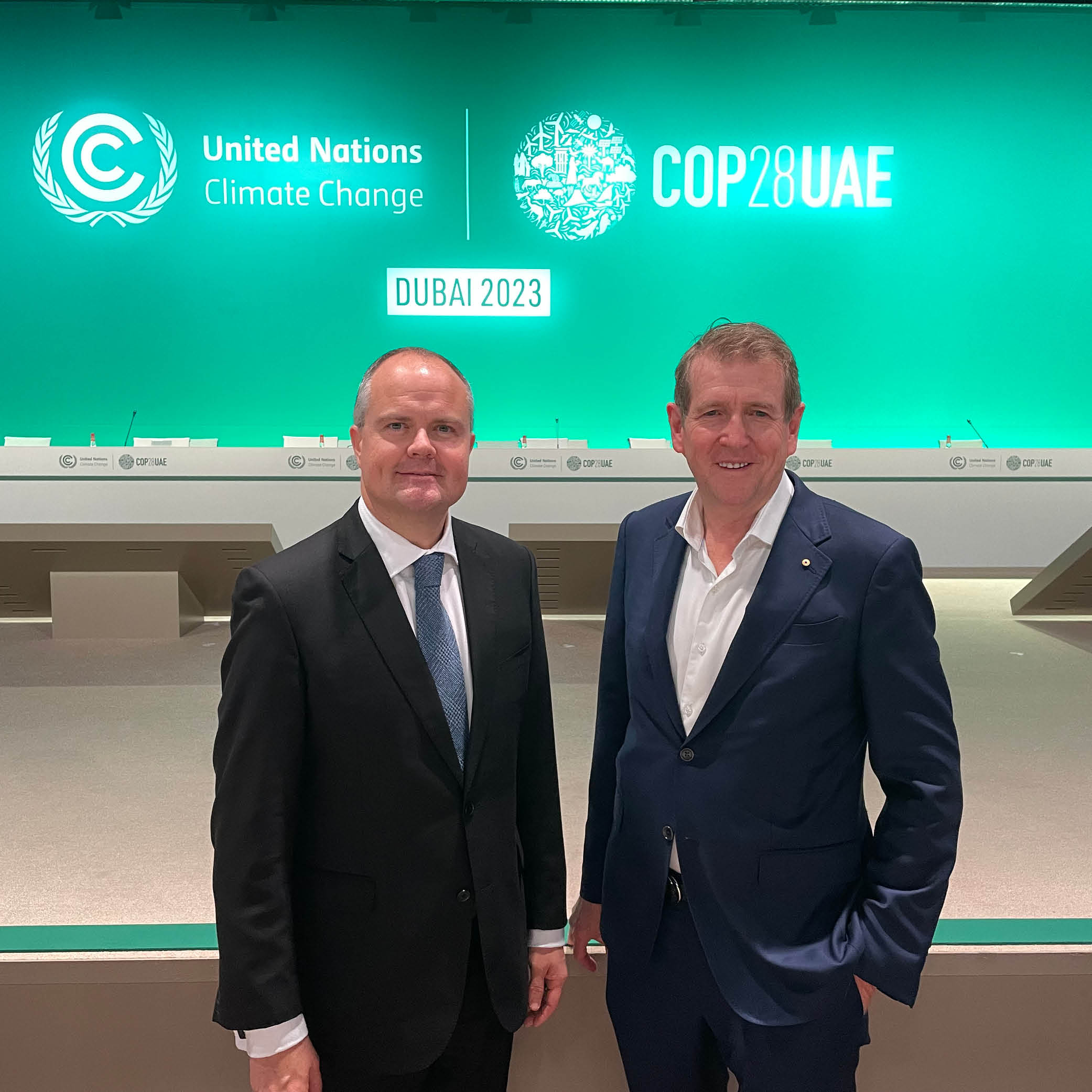The Inside Word

Summer is sizzling, let’s talk nuclear
With temperatures climbing across Australia and another cyclone on the way, is it any wonder energy consumption is skyrocketing, putting the electricity grid under pressure?
Much like post-Christmas credit card shock, the next shock will come when the exorbitant power bill turns up, as folk clamor to turn on the air conditioners in escape of the hot humid summer, adding to the mounting cost-of-living pressures.
So, are there alternatives to meeting the energy demands of a warmer more populated Australia?
Last December, I attended COP28 the United Nations Climate Change Conference in Dubai and was fortunate to have visited the Barakah nuclear power plant, the first nuclear power station in the Arabian Peninsula that has four plants producing up to 5600MW.

Considering there was no nuclear industry in the UAE 15 years ago, this is an impressive achievement.
It really makes you wonder. Why won’t Australia take a serious look at nuclear as part of its future energy mix? An energy source that can produce abundant reliable safe electricity with zero carbon emissions.
It begs the question, is the Government’s 82 per cent renewables target by 2030 realistic? And will it provide the affordable energy required to power the homes and industrial bases of Australia whilst also reducing emissions? To add to the challenge, electricity production will have to increase at least 1.5 times the current levels just to meet the demands of an EV future.
According to industry data, 22,000 solar panels will need to be installed every day in addition to 40 wind turbines every month, plus an additional 28,000km of transmission lines to meet the Government’s ambitious renewables target by 2030. On top of that, China produces 90 per cent of these solar panels and wind turbines, so is it really a good idea to have all our eggs in one basket?
The fact is the longer time goes on the less certain the reality of renewables seems. Just ask contemporary rural Australia about proposed solar farms and wind farms encroaching on their prime agricultural land or urban communities off the Illawarra and Central Coast of NSW who are vehemently opposed to offshore windfarms.
Ironically, even the Victorian ALP Government’s proposal for an offshore windfarm service center at the Port of Hastings was recently rejected by the ALP Federal Government due to environmental concerns.
So, why isn’t Australia looking at alternative energy sources that can rapidly decarbonise the planet and meet our zero-emissions target by 2050?
Australia holds one-third of the world’s uranium supplies and with both leading parties, the ALP and the LNP, on a unity ticket for nuclear submarines to strengthen Australia’s defense, perhaps it’s time we have a proper debate on the merits of nuclear as a viable base load energy source.
Traditionally, large-scale nuclear plants have been the norm like Barakah in the UAE. However, in recent times advances in nuclear technology have led countries to look at small nuclear reactor (SMR), which in isolation can produce between 50KW to 1000KW of power. The Koreans, Canadians and the Americans are leading the way in SMRs. Whilst it’s early days it’s just a matter of time before these units become commercially viable.
Currently, Australia has a nuclear ban at the federal and state level. These were politically expedient decisions made in the last century before the real debate on climate change began. It’s time the ban was lifted and the market allowed to decide on the most practical energy mix needed to get us to net zero. The SAS Group works with several clients in the energy sector including renewable energy space. We look forward to the day we can assist the private sector achieve deep reductions to carbon emission by advocating for the ‘nuclear option’.


